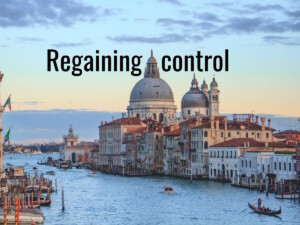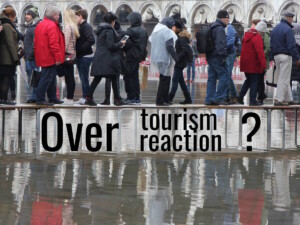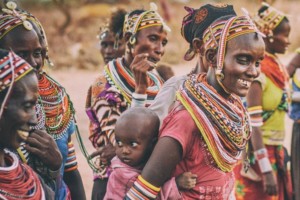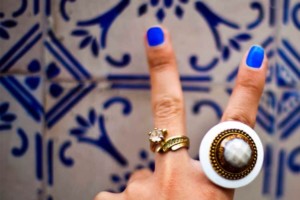Deeper than buzz: ‘Slow tourism’ in the Monti Sibillini
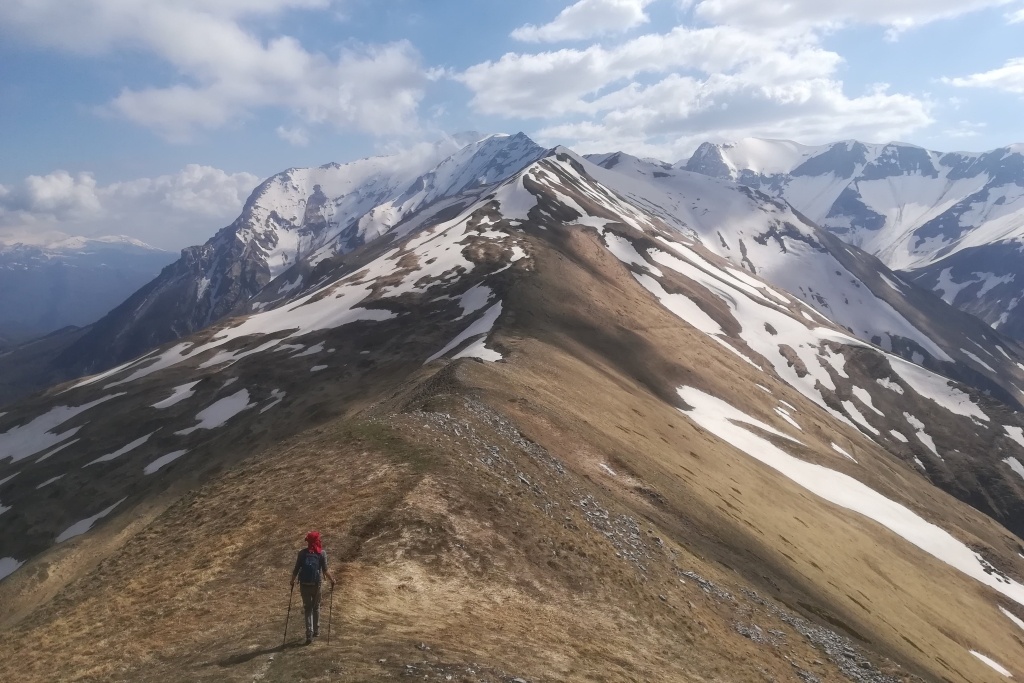
Slow and steady … not too much change and never too quickly … order and moderation … respect for long-standing sources of sustenance and shelter … pride in culture, heritage, and tradition … Conservative values are often compatible with sustainability in rural settings. Marco Ramazzotti discovers that the buzz phrase ‘slow tourism’ describes what Monti Sibillini locals have always welcomed. It’s a “Good Tourism” Insight.
More than a year into the COVID-19 pandemic and it is safe to say that the travel & tourism industry has suffered tremendously. In many destinations, the consequences have done nothing but add to previous issues, creating even more barriers to sustainable tourism.
The Sibillini Mountains region is no exception.
The Monti Sibillini National Park nestles between the regions of Le Marche and Umbria in central Italy. In 2016, the area experienced a series of terrible earthquakes. Around 300 people lost their lives and many towns were seriously damaged. Already affected by an ongoing process of depopulation before the quakes, the area found itself in a truly devastating economic and social crisis after them. Not only did buildings have to be rebuilt, but also a sense of community.
The National Park authority and many other stakeholders already knew of the huge potential for tourism to help the area recover and repopulate. They produced a five-year plan (2018 – 2022) for sustainable tourism with the vision to “fight decline and depopulation” and support recovery. Focus areas included a “slow and sedentary hospitality” and the “protection and conservation of resources”.
What is slow tourism? And is it really a new thing in the Monti Sibillini?
Slow tourism is a mode of travel that includes an alternative and sustainable mobility, engagement with the resident population, and consumption of local goods. Slow holidays are usually longer in duration and involve staying in accommodation facilities that encourage encounters with locals, such as farm stays, self-catered apartments, or locally-owned B&Bs.
Also see Yana Wengel’s “GT” Insight
“WWOOF! An alternative tourism in times of turmoil”
The National Park authority, which has been working with sustainable tourism development since the late 1990s, understands the importance of slow tourism. They consider it the only way to preserve the fragile natural, social, and economic ecosystem of the place, which is why they integrated the concept into their strategic plan.
‘Slow’ is a relatively new buzzword in the Sibillini Mountains area. But after speaking with many tourism and other stakeholders, including Park authorities, councillors, educators, and community organisers, it became clear to me that it has long been sought-after for years under other guises. Everyone I spoke to agreed that everything implemented in the past, before the word ‘slow’ was added, involved encouraging visitors to stay longer.
Slow tourism is now a shared mindset
Since the 2016 earthquakes, more recent events, including the global COVID pandemic, have underscored the need for slower-paced, higher-value forms of tourism in the Sibillini Mountains area. Indeed, according to those I spoke to, slow tourism is now considered a requirement to sustain the area’s unique mix of environmental, social, and economic conditions. Slow tourism is now much more than a buzz phrase, a strategy, or a plan; it is a shared mindset.
Also see Phoebe Everingham’s “GT” Insight
“Travel & tourism’s ‘critical’ rethink […] shift to circular economics”
All the elements that define slow tourism at the theoretical level, and everything that is being done to support it, are now almost commonsensical to Park authorities and the managers of the educational and activity centres. That is because the ‘slow tourism’ ambition is the outcome of an organic process of participative planning that has involved several individuals and interest groups relating their experiences and finding common cause. They all now share the same ideas for tourism development.
Slow tourism in practice
One then might ask: “How is all that translated into the daily operations of the local tourism ecosystem?” The Park Authority, after a long process of stakeholder engagement, has started working in conjunction with the industry and local administrations across three primary areas to develop slow tourism:
- Mobility: The maintenance and extension of the current trail system together with better management of tourism flows to avoid crowding at the most famous sights.
- Cultural heritage: The preservation and promotion of the cultural heritage of the area’s historic villages. Four of the 16 villages inside the Park’s border hold the “Bandiera Arancione” (Orange Flag), a recognition given to small towns that excel in culture, tourism and hospitality.
- Local encounters: The creation of more opportunities for tourists to meet locals, such as through the area’s traditional foods, cultural festivals and events, and guided walks led by locals.
COVID-19 has posed new challenges for the implementation of these approaches in the Sibillini Mountains area. However, it has also restored a strong sense of community and highlighted the need to work together to become more resilient. Going forward, everyone’s hope is to come out of this troubling period stronger than ever and to welcome longer-staying visitors as soon as possible.
What do you think? Share a short anecdote or comment below. Or write a deeper “GT” Insight. The “Good Tourism” Blog welcomes diversity of opinion and perspective about travel & tourism because travel & tourism is everyone’s business.
Featured image (top of post): A lone hiker in the Monti Sibillini National Park. Photo courtesy of © Roberto Aureli, supplied by author.
About the author

Born and raised in a rural area of central Italy, Marco Ramazzotti is a graduate at Aalborg University, Denmark where he will soon earn a Master’s in Global Tourism Development. Throughout his studies he has focused on the relationship between sustainability and tourism, and researched the impact of the sector on destinations. Mr Ramazzotti says he hopes to build a professional career in consulting for tourism destinations and to help tourism professionals all over the world in their efforts to become more sustainable.


